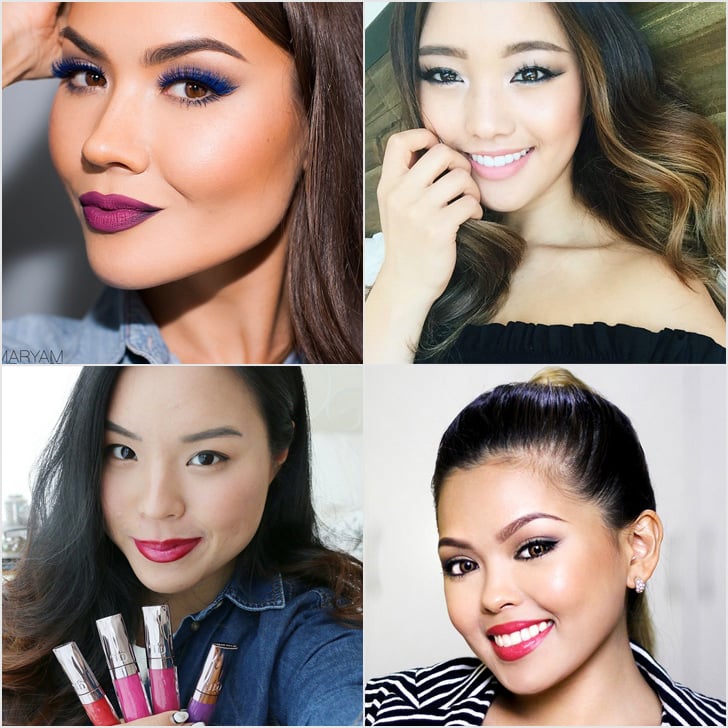ASA 141
Week 7
In Pham’s Taste and
Aftertaste for Asian Bloggers, it was interesting to see the exclusivity of
the fashion industry. With the rise of Asian super bloggers who had large
followings, they were still met with a lot of backlash and seen as outsiders of
the industry. In the magazine snippet detailed in Pham’s article, Lau and Yambao
were criticized for their eccentric outfits and labeled as if they did not
belong backstage at a fashion show.
The role of Asians in the fashion industry is still very
polarized: from the industry’s top designers who are Asian, like Alexander Wang
and Vera Wang, to Asian workers who are exploited for labor in order to supply
fashion garments. This disparity is still prominent today. But Asian supper
bloggers play a unique role, which Pham mentions in the article. The use of Asian
super bloggers as front cover advertisements for fast fashion empires like Gap
or Forever 21 allows the companies to put out the impression that they are more
diverse. For the larger fashion audience, it gives the impression that the industry
itself is evolving to be more inclusive, though it may not really be the case. These
bloggers allow companies to reach consumers on a more personal level. Often
times they give more authentic and personal reviews of the clothes or beauty
products because they are more similar or relatable to the average consumer
than a supermodel is. Do companies use these super bloggers for an honest
review/representation or to appeal to a larger audience for sales purposes?
It is also interesting to see that Asian super bloggers appeal
to the younger generation of Asian Americans. Seeing these figures allows people
to connect with people who look like them. Huge websites such as TeenVogue and
PopSugar write listicles about Asian fashion and beauty bloggers specifically, showing
how influential and impactful they are in the industry.

No comments:
Post a Comment